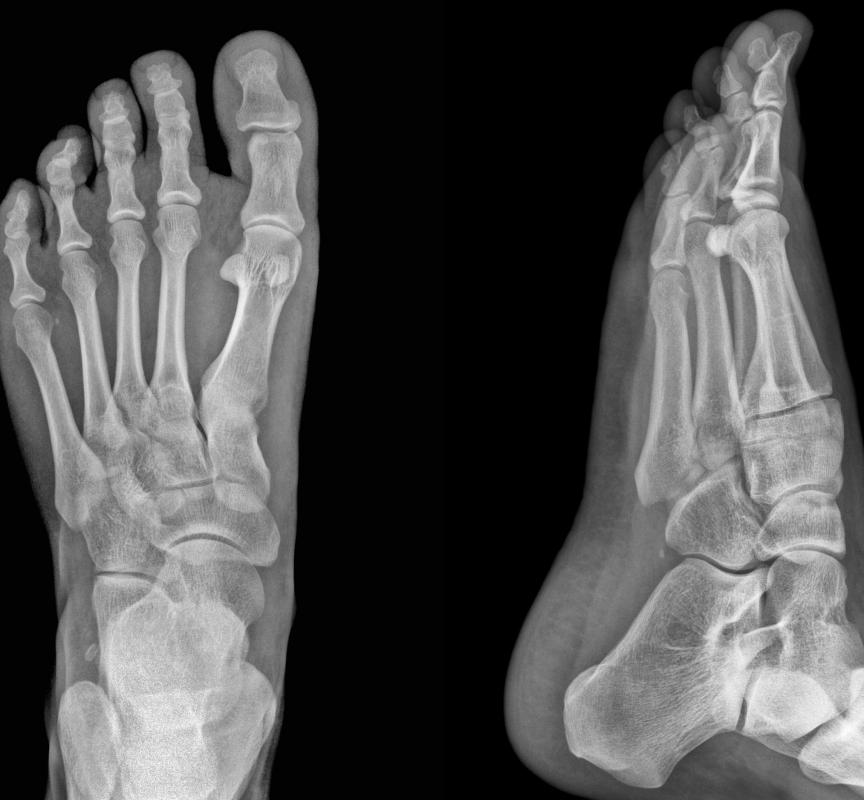At WiseGEEK, we're committed to delivering accurate, trustworthy information. Our expert-authored content is rigorously fact-checked and sourced from credible authorities. Discover how we uphold the highest standards in providing you with reliable knowledge.
What is the Gait Cycle?
Gait cycle is a term that describes the patterns of motion that make up the gait, or the way in which one walks or runs. Scientists study the gait cycle to learn about the movement of various animals, while physical therapists often study it in order to detect muscle or bone problems in patients. While walking seems like a simple task, it is actually divided into several different actions or phases and requires the proper coordination of many muscles and bones. A comprehensive understanding of the gait cycle of humans or of other animals requires a deep understanding of all of these factors.
The gait cycle is composed of three primary phases, referred to as the stance, swing, and double support phases. The time in which the front foot is on the ground is referred to as the stance phase or support phase. The stance phase is initiated when the heel of the forward limb strikes the ground; it ends when the toe of the same limb is lifted. The swing phase or unsupported phase, on the other hand, starts when the toe of that limb is lifted and continues for the duration of that limb's time in the air. The double support phase occurs during the brief period during which both limbs are on the ground.

The stance and swing phases of the gait cycle are further divided into several sub-phases. The stance phase is divided into the points at which the heel strikes the ground, the foot is flat on the ground, and the toe leaves the ground. The swing phases is divided into the acceleration phase, in which the moving limb gains speed after leaving the ground, and the deceleration phase, in which the limb slows down and returns to the ground. All of these phases and sub-phases together make up the gait cycle as a whole.

These divisions or phases are the primary parts of the gait cycle, but they are far from being the only important concerns in a study of the cycle. At any given point in the cycle, different muscles are in use and different joints are bent and straightened. The positions of the hips, knees, ankles, and feet are all highly important. A skilled physical therapist can often diagnose problems in particular muscles, bones, or joints based on, or at least supported by, an analysis of an individual's particular gait cycle. Factors such as position of muscles, position of joints, and external concerns such as terrain and gravity are all necessary to draw such conclusions from an individual's walk.
AS FEATURED ON:
AS FEATURED ON:















Discuss this Article
Post your comments